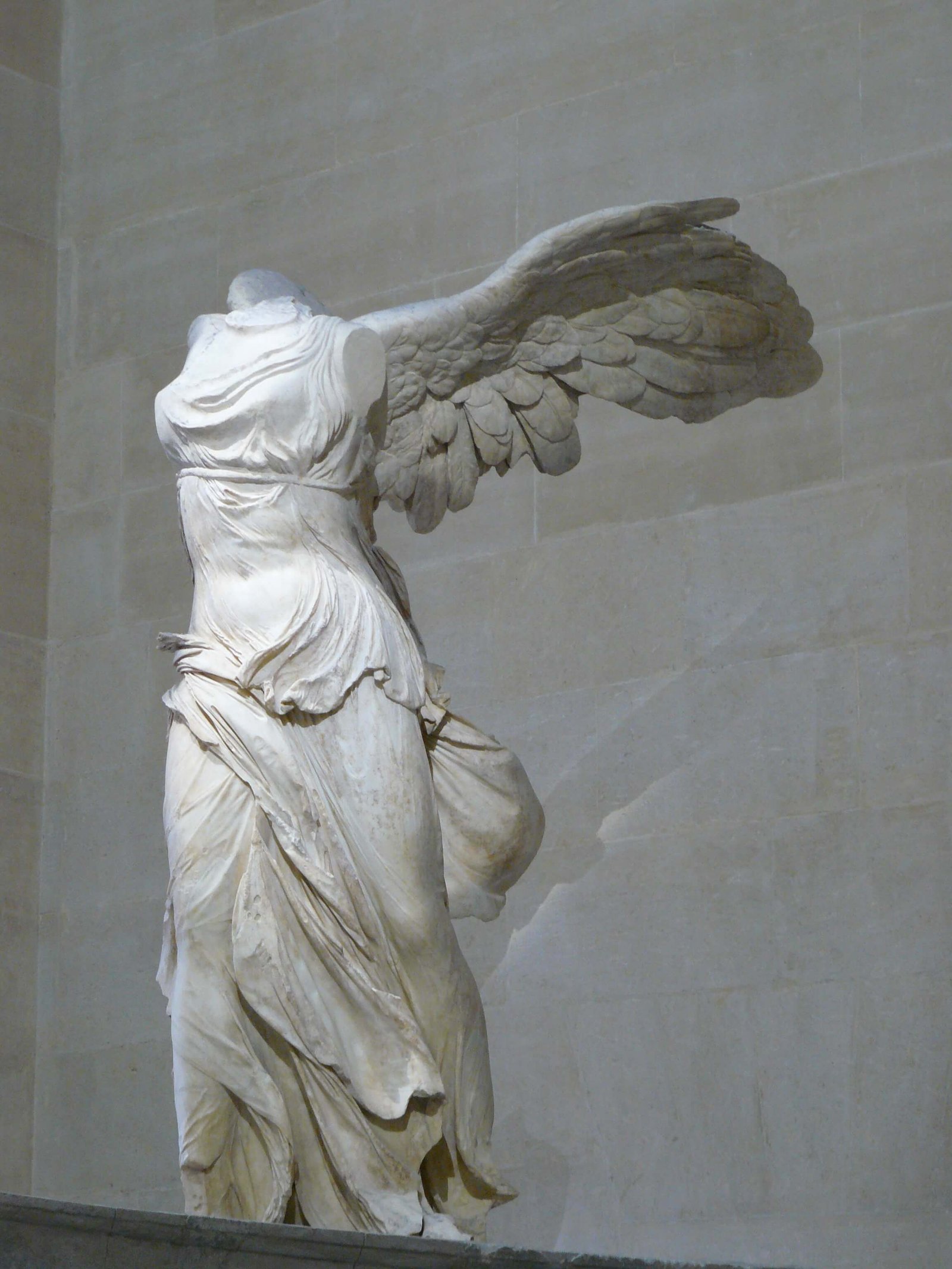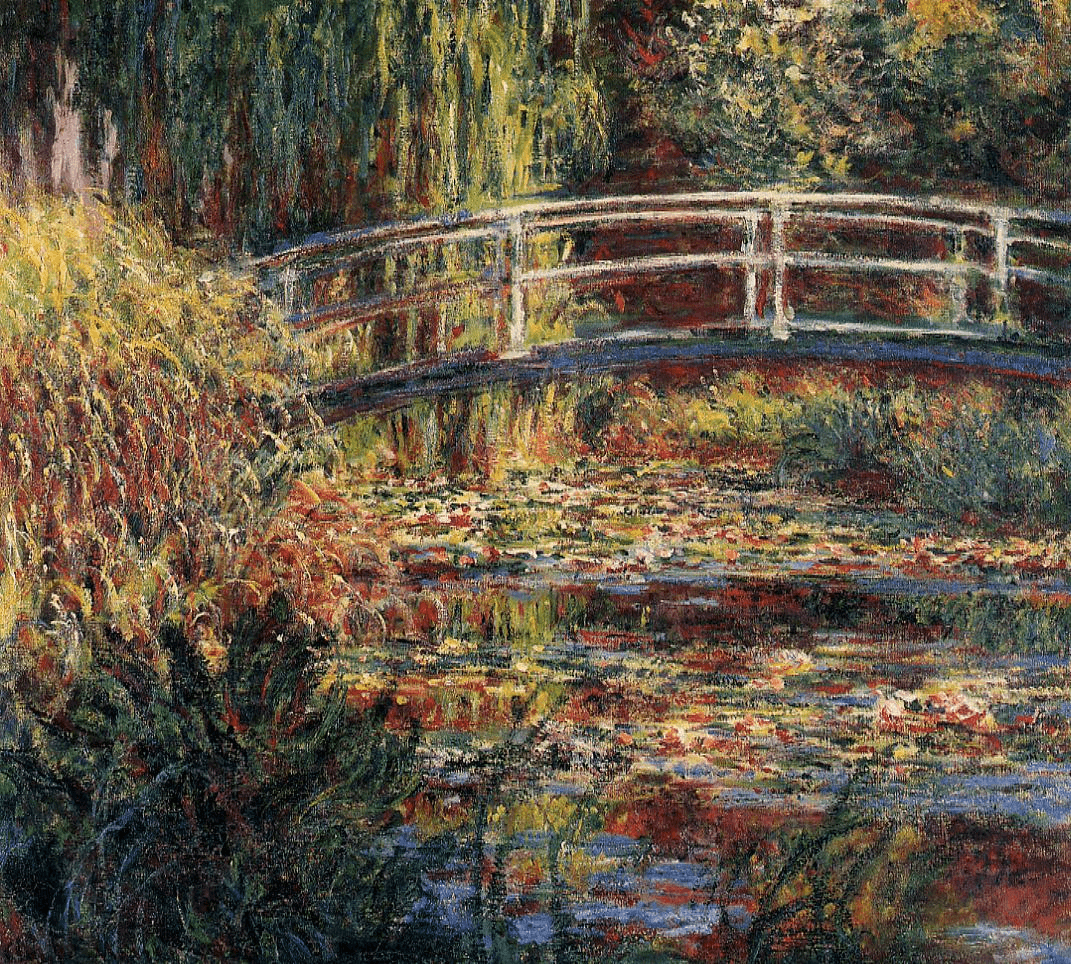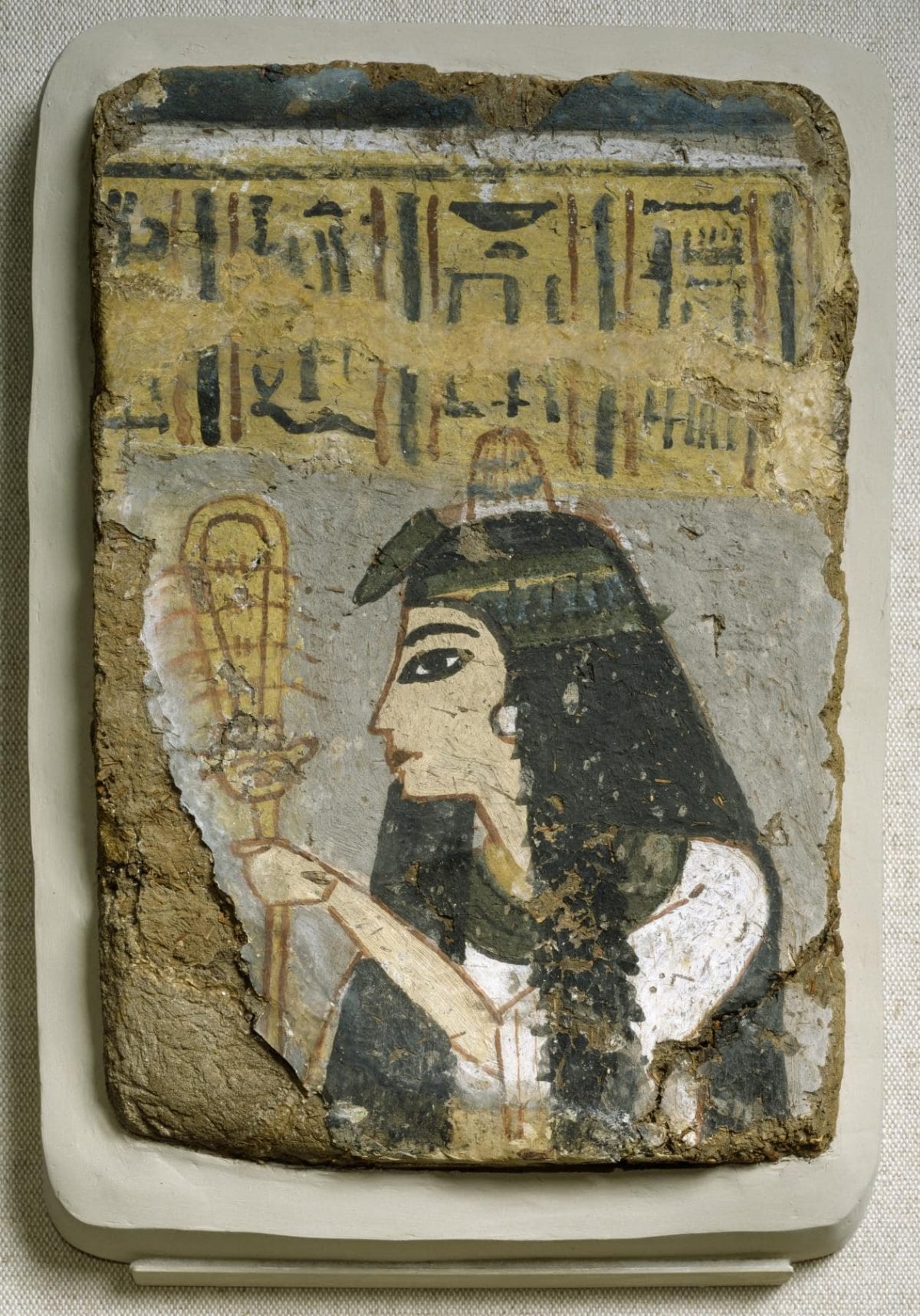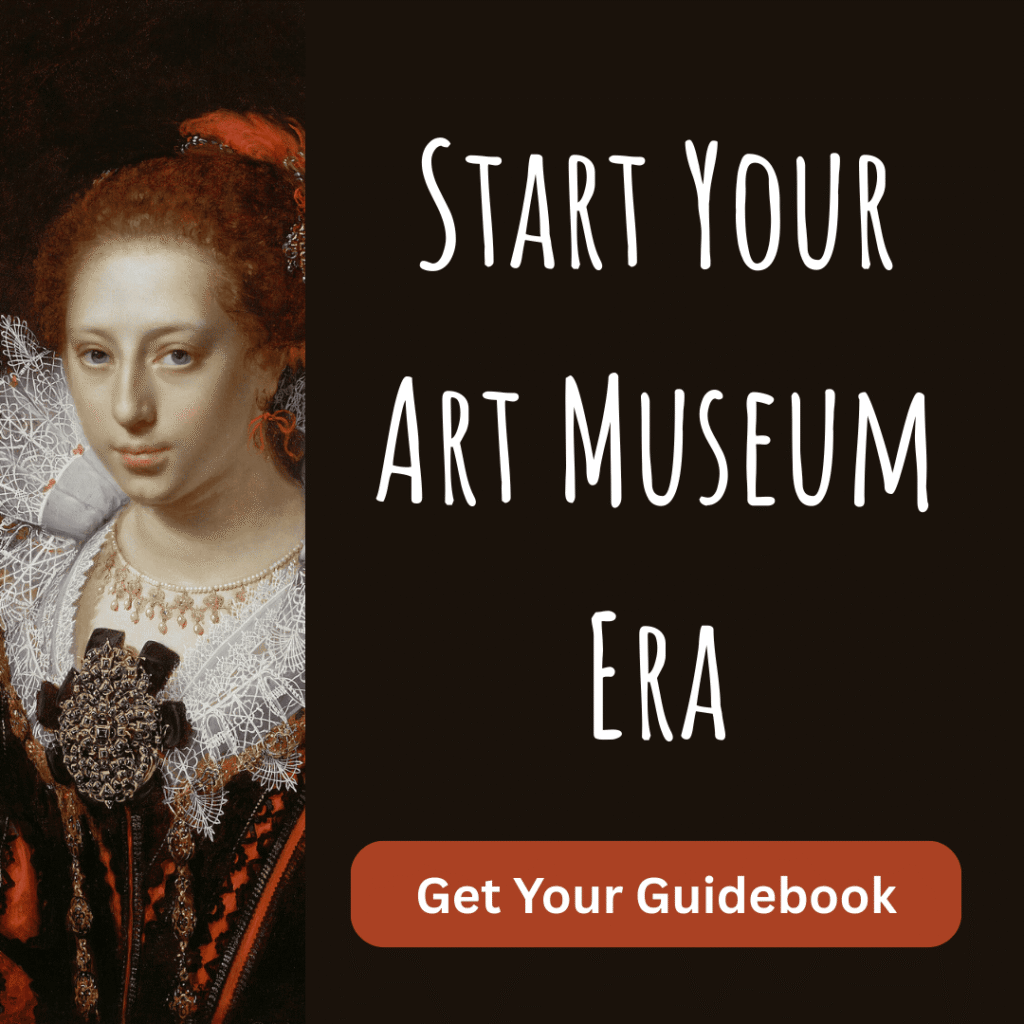Cover image: Wall Painting: Woman Holding a Sistrum, Egyptian (Artist), ca. 1250-1200 BCE (New Kingdom). The Walters Art Museum, Baltimore, Maryland. (CC0).
For those of you new to the art-viewing, museum-going experience, do you feel unsure what to see first? If so, I can make a few suggestions. I’ve come up with three areas that I think are particularly accessible and enjoyable to new viewers. You’ll find them in most major museums, and they also happen to be among my favorites.
Reminder: Some art includes subject matter that may not be appropriate for children. Read more about this.
Ancient Egyptian Art
Ancient Egyptian art is just so much fun, offering things like mummies, hieroglyphs, and sphinxes. It is bold, often brightly colored, and seems alive and immediate despite its great age. Its many, imaginative part-human-part-animal figures are universal favorites. From massive sarcophagi and statues of pharaohs to tiny scarabs and beaded necklaces, everything has the potential to grab the attention. This department is a great choice if you’re visiting with kids, but adults will love it too.
Ancient Greek & Roman Art

Ancient Greek and Roman (classical) art includes many sculptures of people, gods, and mythological figures. With naturalistic bodies, textured drapery, and more, they are often very true to life, even when they depict creatures that are completely invented. It’s so much fun to walk right up to a statue of a god that’s larger than life sized, or to stare into a marble face that’s as individual as your own. Both single and multi-figure statues are often full of action and drama. Architectural elements, like massive column capitals, are also impressive, while Greek painted vases read like ancient graphic novels.
Impressionist Painting

Soft, colorful Impressionist paintings are beautiful and easy to look at. Unlike many other styles of painting, you don’t need any special knowledge of history, literature, religion, or mythology to understand the subjects depicted. Landscapes, arrangements of fruit and flowers, portraits, and scenes of people in the country or city are easy to recognize and straightforward in their meanings. In many cases, they don’t seem too far from our own daily experiences, even more than a century later. However, don’t think that Impressionism’s beauty means that it lacks artistic merit. It was the shockingly to the art world in its time, and it’s one of the most popular painting styles today.
I hope that my suggestions are helpful to museum newbies, but please remember that the whole rest of the museum is out there waiting for you, too! No matter whether it’s your first museum trip or your hundredth, one of the most enjoyable ways to take in an art museum is to follow your innate sense of curiosity and look at whatever catches your attention.



